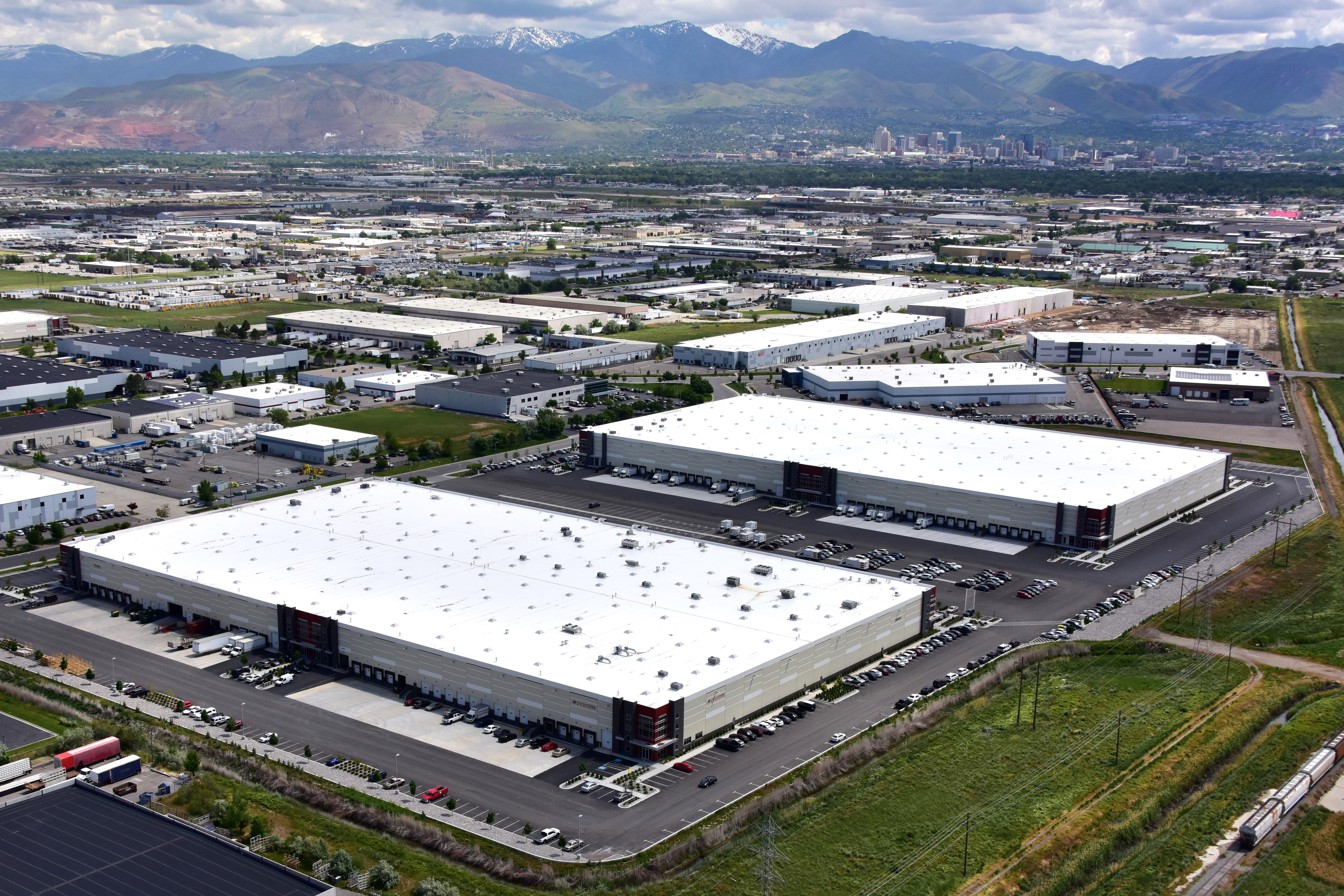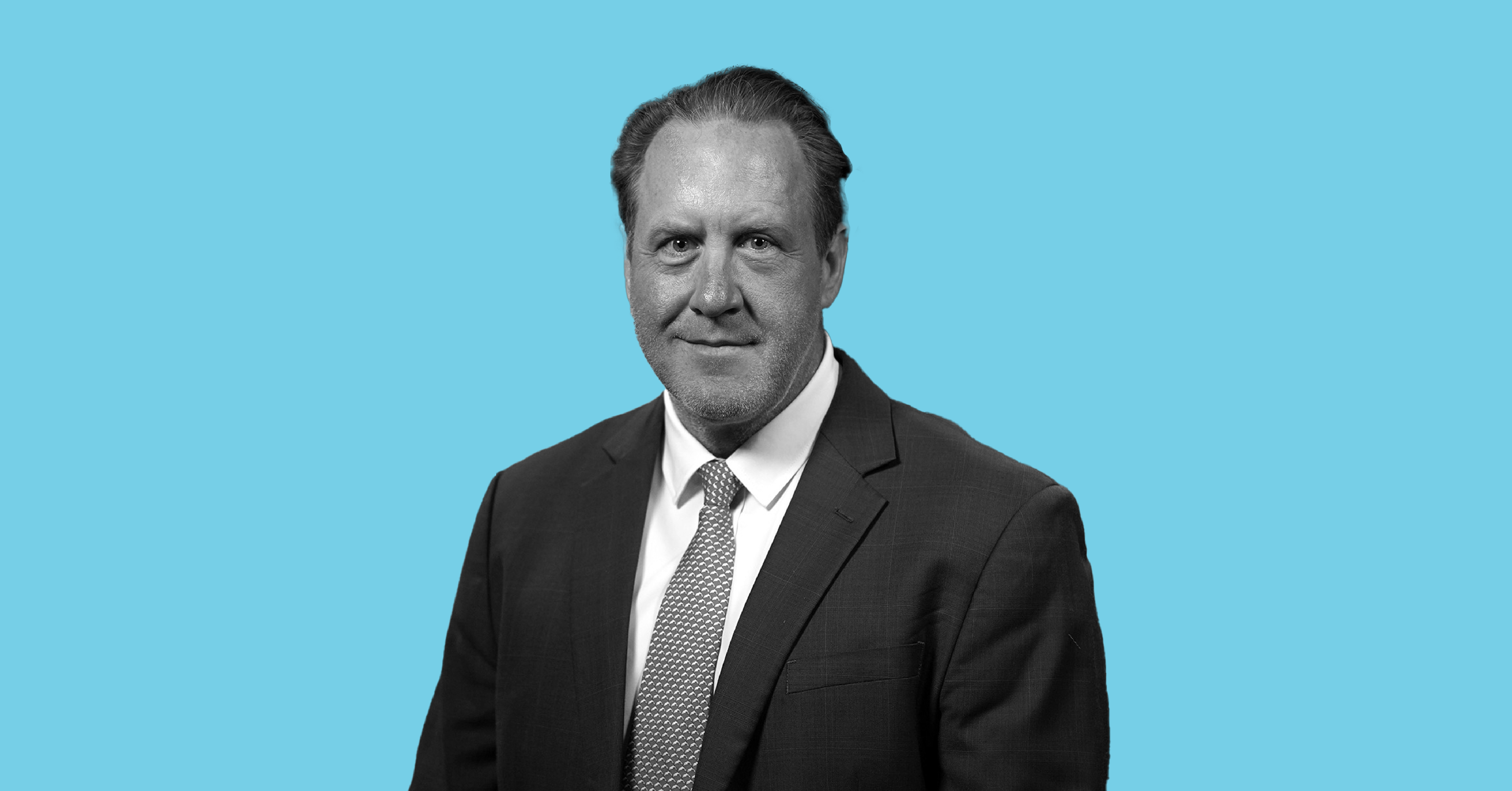Media Consumption in the COVID Age: Five Questions for Maria O’Mara

October 15, 2020
Maria O’Mara is the executive director of KUER Utah and PBS Utah, whose licenses are held in public trust by the University of Utah. Maria’s career path wound through journalism and public relations. Having grown up in rural Utah, she is deeply appreciative of and committed to the statewide public service missions of public media. KUER is an in-kind ambassador investor with EDCUtah.
What has the pandemic meant for the way people listen to the radio? Is the same true for television?
Like most news and talk stations, KUER has seen listenership drop in two key dayparts: morning and afternoon drive time. With more people telecommuting and working from home, fewer people are in their cars using radio. However, after what we would call a “soft” summer, we have seen very encouraging gains in our August and September ratings. We credit those gains to increased need for news and information following the return to schools, as well as ongoing election coverage, especially the presidential campaign.
As for television, at the beginning of the pandemic, stay at home orders drove significant increases in viewership of PBS NewsHour and primetime. When we began carrying a Learn At Home schedule on the World Channel (7.2), viewership during the daytime hours increased on that channel, but primarily among older adults, rather than children. When restrictions were eased, we saw viewership drop to below average levels. Recent weeks, and the start of the fall season, has seen a return to closer-to-average viewing, but still below last fall. Streaming on PBS Utah platforms saw big increases in the spring, and many who now stream may not return to broadcast.
What differences in media consumption do you see based on the age of your listeners/viewers or other demographic slicing and dicing?
For public television, our broadcast audience still tends to skew very young (our kids’ services) or toward the 65+ demographic. That has not significantly changed during the pandemic. We know that our children’s audience also consumes an enormous amount of PBS Kids content through streaming, and that older viewers are also starting to stream our content more and more.
For radio, while we experienced a pandemic-related dip in listenership, we’ve not seen demographic shifts that we can attribute directly to the pandemic. In recent months, our data reflect slightly more listeners in the 55-64 demo, as well as female listeners and Hispanic listeners, but it’s possible those shifts have more do to with the sample pool changing than any actual pandemic-related trends.
How has the pandemic impacted traffic to your web sites?
KUER has seen a significant increase in traffic to its website since the beginning of the pandemic, driven in large part by a larger live-streaming audience and the number of website visitors who rely on KUER's ongoing coverage of the pandemic. Our online audience has streamed more than 75 live news conferences with the governor and state health experts. Our “COVID-19 in Utah” page is updated seven days a week with the latest news and statistics and has seen more than 420,000 unique visitors since the pandemic began.
April saw a very big surge in traffic to PBS Utah’s website, as people sought schedule information, as well as streaming their favorite programs. Our home page, schedule page, as well as pages for our shows “Unspoken: America’s Native American Boarding Schools,” “Utah Insight,” “Modern Gardener,” and “The Hinckley Report” have been among our most viewed since March 15. Our page where we livestream the Governor’s COVID updates currently sits at #17 on our site.
How have your staff adapted? How has everybody’s “day job” changed?
About half of KUER’s 50 or so employees and interns are working exclusively at home, with another quarter visiting the station weekly. A core group of about 10 people, including technical staff and some on-air personalities, are working regularly at the station. At the start of the pandemic, we had to rapidly improve our ability to operate the station remotely, as well as create remote-work setups for dozens of staffers. We’ve limited access to studios to essential personnel and instituted cleaning protocols. Reporters in our newsroom are producing stories from home, often recording themselves in makeshift “studios” in closets, vehicles and other enclosed spaces. Some of our hosts are also doing their shifts from home.
This hybrid of on-site and remote station operations has posed challenges for on-air fundraisers, which generate a substantial part of KUER’s operating budget. However, we’ve crafted ways to do pledge drive safely and creatively, while also making fewer on-air appeals to maximize news during this critical time.
It’s a similar set-up for PBS Utah, with staff largely working remotely. We have taped pledge breaks from our homes, and figured out ways to produce television programs with guests and hosts at their houses via Zoom and Skype. We have adjusted our in-studio sets to accommodate the appropriate distancing of guests and talent. We have increased the frequency of meetings via video conferencing to keep staff connected with the station.
But candidly, we miss each other. We are a social bunch, and it’s just not the same when we’re not seeing each other in person.
“Never let a good crisis go to waste,” as they say. What adaptations in your organizations are you most proud of?
This year has presented substantial challenges to our radio newsroom, and I am very proud of how our reporters and editors have met them. The pandemic turned our news operation upside down. An earthquake required immediate information and service to our listeners. And, our coverage of local protests against racial inequality posed serious safety issues for our staff, and required the implementation of strict security protocols. Much credit is due to the hard work of our news director, Elaine Clark, and her deputy, Ross Terrell, as well as a young, committed staff of reporters who worked as a team to report back on all of this for our audience.
Using new technologies and new approaches to keep our local PBS Utah series on the air has shown a tremendous amount of creativity and innovation. PBS Utah hosted a live COVID-19 town hall meeting with health experts and local elected officials, all less than 12 hours after that earthquake hit. We didn’t miss a step. Watching our community engagement and education programs, which normally host a large number of in-person events adapt to a more virtual approach, has also been very inspiring, and shown us how we can more regularly reach viewers and members in more remote areas of the state.
Bonus Question: Anything we didn’t ask that you would like to emphasize?
Yes, I think public media is one thing working really well in our democracy today. We don’t have all the answers to the failings of the business model of journalism and the fracturing of media audiences. But what we have going for us is trusted brands in NPR and PBS, and deep, meaningful relationships with our viewers and listeners. Our relationships with them are not transactional, like the subscription and advertising media models. It’s built on human, empathetic interaction built over many years. I think the future looks very bright for KUER and PBS Utah.
For more information, visit www.kuer.org and www.pbsutah.org.






